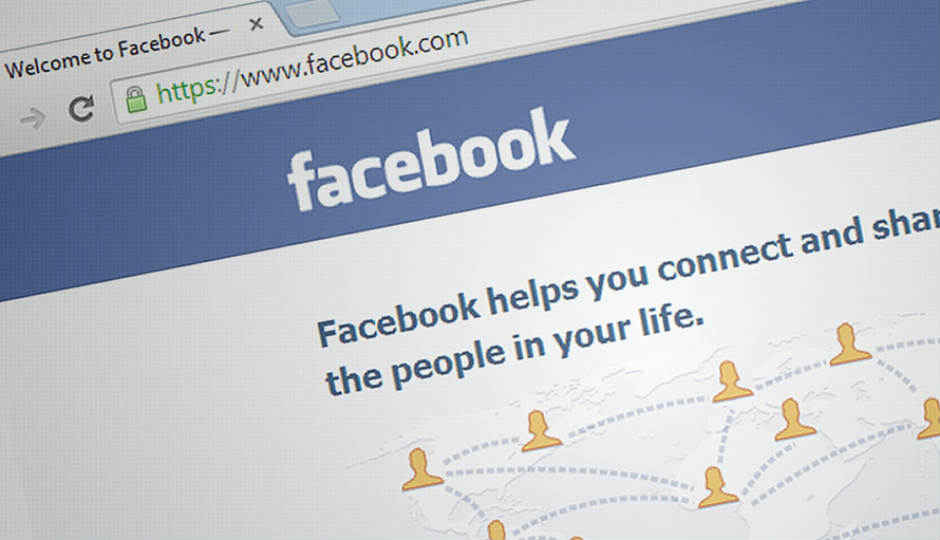
Instead of warning flags, the social media giant will use its Related Articles tool to fight misinformation in its News Feed.
In yet another attempt to flush out fake news from its platform, Facebook has announced that it will no longer use Disputed Flags (red-warning icons) to identify false news.
Instead, the social media giant will use its Related Articles tool to fight misinformation in its News Feed.
"Instead of Disputed Flags, we'll use Related Articles to help give people more context about the story," Tessa Lyons, Product Manager at Facebook, wrote in a blog post on Friday.
Academic research on correcting misinformation has shown that putting a strong image, like a red flag, next to an article may actually entrench deeply held beliefs.
"Related Articles, by contrast, are simply designed to give more context, which our research has shown is a more effective way to help people get to the facts," Facebook said.
Facebook also announced to start a new initiative to better understand how people decide whether information is accurate or not based on the news sources they depend upon.
"This will not directly impact News Feed in the near term. However, it may help us better measure our success in improving the quality of information on Facebook over time," the company said.
"Demoting false news (as identified by fact-checkers) is one of our best weapons because demoted articles typically lose 80 per cent of their traffic.
"This destroys the economic incentives spammers and troll farms have to generate these articles in the first place," Facebook posted.
In their bid to fight fake news and help readers identify trustworthy news sources, Facebook, Google, Twitter and several media organisations have joined the non-partisan "The Trust Project".
"The Trust Project" is led by award-winning journalist Sally Lehrman of Santa Clara University's Markkula Centre for Applied Ethics.
As part of the initiative, an icon will appear next to articles in Facebook News Feed. When you click on the icon, you can read information on the organisations' ethics and other standards, the journalists' backgrounds, and how they do their work.




